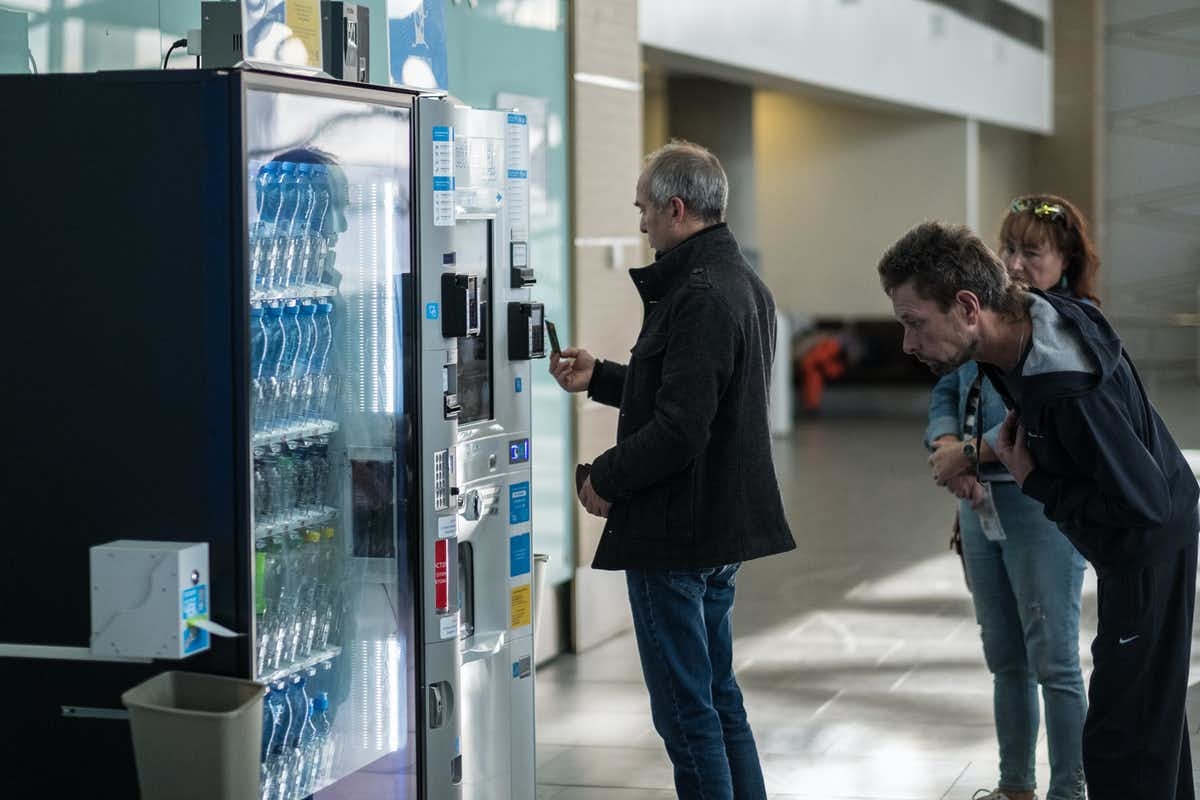Public health experts have long argued that when it comes to preventing obesity, we need to stop blaming individuals.
A new online tool confirms we live in an environment where the odds of having a healthy diet are heavily stacked against us.
Unhealthy foods are readily available and heavily marketed to us by the food industry. This makes it very easy to over-consume unhealthy foods. It also makes it very difficult to consistently select healthy options.
What do you think? Submit a Letter to the Editor with your name and suburb at Sunshine Coast News via: news@sunshinecoastnews.com.au
The online tool – Australia’s Food Environment Dashboard – brings together the best-available data to describe Australia’s food environments. For the first time, we have a clear picture of the ways our environment drives us to consume too much of the wrong types of foods.

Supermarkets heavily promote unhealthy food
Australian supermarkets are a key setting in which unhealthy foods are pushed at us.
More than half of the packaged food on Australian supermarket shelves is unhealthy. At end-of-aisle displays, unhealthy products are promoted much more often than healthier products.
Unhealthy products are also “on special” almost twice as often as healthy foods. What’s more, the discounts on unhealthy foods are much larger than the discounts on healthier foods.
And at checkouts, it’s almost impossible to pay for groceries without being exposed to unhealthy foods.
All of this intense marketing for unhealthy foods contributes to the unhealthy mix of products in our supermarket trolleys.

Children’s exposure to junk food promotion
Australian children cannot escape unhealthy food marketing. As they travel to school, and play and watch sport in their community, kids are exposed to a constant barrage of promotions for unhealthy food and drinks.
When they turn on the TV they will see more than twice as many ads for unhealthy food compared to healthy food.
And when kids are on their mobile devices, they are hit with as many as 10 unhealthy food and drink ads every hour.
It’s worse in more disadvantaged areas
Our dashboard shows food environments in disadvantaged areas are less healthy than those in advantaged areas. The cost of a healthy diet is generally higher in low socioeconomic areas and is much higher in very remote parts of Australia.
Critically, the cost of a healthy diet is simply unaffordable (meaning it costs more than 30% of a household’s income) for people on low incomes and those living in rural or remote areas.
People living in low socioeconomic areas are also exposed to more promotions for unhealthy food. A study in Perth, for example, found low socioeconomic areas had a significantly higher ratio of unhealthy food ads to healthy ads within 500m of schools, compared to high socioeconomic areas.
Some good news stories
While almost all the key aspects of food environments in Australia are currently unhealthy, there are some areas that support health.
Our major supermarkets are leading the way in displaying the Health Star Rating on their home-brand product labels, which helps consumers make more informed food choices.
Some state governments have shown great progress in creating healthier environments in their hospitals and other health services, by offering water and nuts in vending machines, for example, rather than sugary drinks and lollies.

Greater monitoring is needed
Unhealthy diets and obesity are leading contributors to poor health in Australia. For that reason, it’s critical to closely monitor the key drivers of our unhealthy diets.
We’re pretty good at monitoring our exposure to other key health risks and taking public health action accordingly. For example, the government has successfully reduced road fatalities through a range of measures, including prominent identification and eradication of traffic “black spots”.
Now we need the same level of attention paid to our food environments, where there are still some key gaps in our knowledge.
Like this story? Get more just like it direct to your inbox by subscribing to our free daily news feed: Go to SUBSCRIBE at top of this article to register. All it requires is your name and email. See SUBSCRIBE at the top of this article
For example, while most state governments have policies to guide foods available in schools, only Western Australia and New South Wales monitors and/or reports adherence to policies.
In many other areas, such as food promotion, data is not routinely collected. This means we often need to rely on data that’s a few years old and that might only be relevant to small geographic regions.

Governments need to take stronger action
The unhealthy state of our food environments indicates much stronger policy action is needed from all levels of government in Australia.
The National Obesity Strategy which is currently in development and now overdue, can provide the framework for Australian governments to fix up the “black spots” in our food environment.
Improvements can be made by introducing globally recommended policies, such as taxes on sugary drinks and higher standards for how the food industry markets its unhealthy food and drink products.
These actions can help ensure all Australians have access to food environments that support healthy diets.





